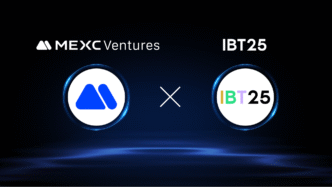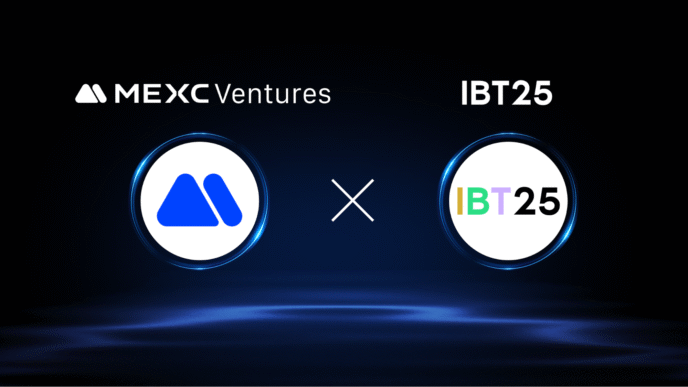Migrating applications, data, and infrastructure to achieving a cloud best suited for their needs and goals is the critical decision for businesses today. There are various strategies to consider, each with its advantages and challenges. The leading four strategies for migrating workloads are Lift-and-Shift, Refactor, Re-platform, and Rearchitect. These tell how much workload moving happens, and in which one, a company will be able to get most of its needs in competing objectives and budget, either timeline and technical requirements.
1. Lift-and-Shift: Direct Approach for a Fast Move
Lift-and-Shift is one of the simplest and most straightforward strategies for moving workloads into the cloud. The transfer is minimal and involves moving applications and data from on-premise servers to the cloud. Simply put, “lifting” an application out of the old environment and “shifting” it as is into the cloud. There is no architecture changes for the application or reconfiguration of the underlying code, making it applicable to organizations planning to migrate quickly without changing their existing architecture or application.
Pros:
- Quick and easy: Since no significant changes are made, Lift-and-Shift is a model which can easily be implemented, and this is the aspect that makes it so immediately appealing to organizations requiring a short transition time between taking an application into the cloud.
- Cheap short-term: As no application changes are required, immediate costs incurred moving over are much lower than with other more complicated strategies.
Minimal disruption: Because the application has remained almost unchanged, end-users will not feel much disturbance during migration.
2.Refactor: Improving Performance with Code-Level Changes
The Refactor strategy involves making changes to an application’s code to better align it with the cloud environment while maintaining its core functionality. Unlike Lift-and-Shift, where the application is moved as-is, Refactoring allows organizations to take advantage of cloud-native features such as auto-scaling, elasticity, and cloud storage. The idea is to modify the application’s architecture and codebase to improve its performance, scalability, and cost-efficiency in the cloud.
Pros:
- Optimized for cloud: Refactoring ensures that the application is optimized for the cloud, enabling it to take full advantage of cloud-native services and features, such as distributed computing, serverless functions, and cloud databases.
- Scalability and performance improvements: Refactoring helps enhance the application’s performance and scalability, which can result in lower long-term operational costs.
- Future-proofing: By refactoring the application, organizations ensure that it is better prepared for future growth and evolving business needs.
Disadvantages:
- Upfront costs are quite high: Refactoring tends to require lots of changes in terms of architecture and code for an application, which could take up very long and expensive cash.
- Potential disruption: Major modifications to the application would lead to even more business disruption because of the migration process. The Refactor methodology serves organizations that would like to modernize applications and benefit from cloud-native features in the long run for financial and scalability efficiency. However, this will require more time and resources at the beginning than Lift-and-Shift.3. Re-platform: A Middle Ground Between Lift-and-Shift and Refactor
The Re-platform strategy exactly between Lift-and-Shift and Refactor. In this approach the application moves to the Cloud and some lightweight modifications are made on it compared to Refactor to use certain services of Cloud for boosting efficiency and better performance without doing an entire redesign of application. An example is re-platforming an application to run on the Service Managed Database or using containerization to increase portability and scalability. The following are the mains pros of this approach:
- Requires less coding than refactoring: Fewer code changes and architectural changes make it an overall cost-effective offering.
- Cloud benefits: Application adapted to a better fit with the cloud environment with subsequent improvements in terms of scalability, performance, and operational efficiency.
- Risk and distortion are lower: Because the application is still largely intact, full refactorization usually carries much less risk of disruption.
Cons:
- Not as optimized as refactoring: Although Re-platforming enhances an application’s cloud compatibility, it does not necessarily exploit all the advanced features of cloud.
- Rearchitect: A Comprehensive Overhaul for Cloud-Native Transformation
Complete re-architecting of the application and bringing it to the cloud are the major strategies under which the application will be integrated to make it cloud native. It will then be re-engineered from scratch so that it can be totally reaped taking all benefits of the cloud regarding elasticity, microservices, containerization, serverless computing, and so on. Rearchitecture makes it possible to design an application that is inherent scalable, resilient, and optimized for the cloud.
The pros:
- Optimization totally cloud-native: Organizations make the application rearchitected for realizing the full capability of the cloud and therefore maximizing facility for scalable performance and cost efficiency.
- Future-proof: Rearchitect applications have designed keeping in mind present advanced practices; thus, they will be adaptable for future business futures and technological advancements.
- Competitive advantage: A completely cloud-optimized application can give a business leverage against competition by which companies still depend on traditional, on-premise systems.
Cons:
- Significant time and investment: Rearchitecting is, in fact, the most resource-extensive strategy and the most time-consuming to develop. It implies total redundancy of the application, requiring vast time investment and development efforts to achieve it.
- Quite expensive upfront: Even though the cost of reengineering the application out of an application is usually high, there is most likely some disruption to your business processes caused by the migration.
It is the best to be used by organizations that depend on completely utilizing the cloud to be future proof with their applications. It is best for those that are committed to long-term cloud transformation and are willing to invest house time and resources to realize that ambition.
Author:
Mr. Sachin Suryawanshi is Senior IEEE member and working in highly distinguished organization with certified Software architect in USA. His Experience in the field is phenomenal. He acted as reviewer in international journals & has published international research papers.












